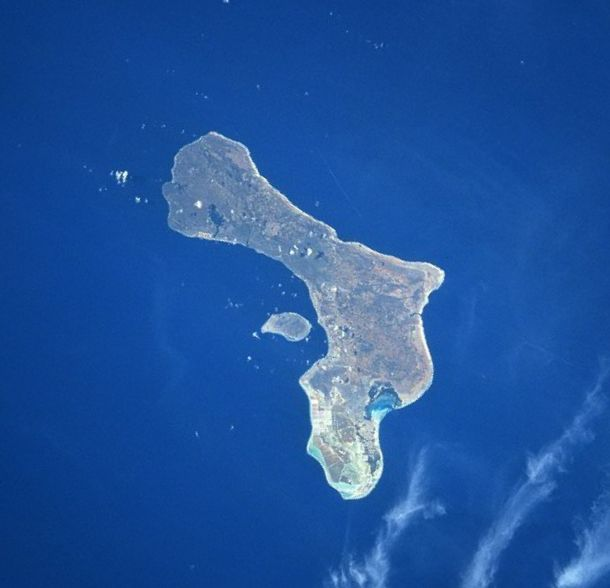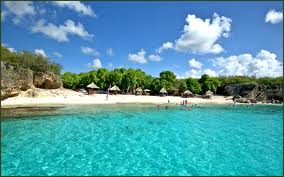Papiamento: The Secret Language that Unlocks the Way to 4 More
Want to learn a Spanish, Portuguese, and Dutch dialect all at once? Learn Papiamento.
They say that Latin, despite its extinction in modern society, is the most useful language to study because it is the root of so many others that are still used today. Learning Latin will soften the transition into various other Romance languages, most of which are based out of Europe but are spoken throughout the world. Such languages include Spanish, Portuguese, French, Romanian, and many more.
But Latin is not the only means to connecting yourself to the rest of the world. Did you know there is a language that is still used today that is rooted in Europe but also connects back to North America and western Africa?
The name of the language is Papiamento, after the Portuguese word papia, which translates to the English word for “chat”. It draws influence from an array of sources, many of which are languages that are still used today, but also from various tribal dialects of languages that have since gone extinct.
It is as much of a Romance language as it is a Germanic one and it is the native and most commonly spoken language in the Dutch owned ABC (Aruba, Bonaire, Curaçao) Caribbean islands.
Its oldest and original root is that of Portuguese, but natives are mostly multilingual. Anyone who can speak English, Spanish, and/or Dutch would be able to communicate on at least a basic level with any Papiamento speaker.
Where Does It Come From?
So how did all of these different dialects and languages mold themselves into a language that is spoken in such a remote part of the world? Well, it depends on which language you want to know about.
There were several African creoles and pidgins in this region due to a vital port present during the slave trade of the 16th and 17th centuries. ThePortuguesehad colonized large parts of the West African coast, and needed to create a means of communicating with slaves.
Throughout the age of slavery and imperialism, these islands had been dominated by different countries, one of which was Spain. In fact, there was some contention over the origins of the language of Papiamento, whether its oldest roots are that of Spain or Portugal. However experts have now declared Portugal the true mother tongue.
Aside from the Romantic influence, there was also a phase where English missionaries inhabited the islands. Furthermore, the Caribbean Netherlands today are surrounded by English speaking islands and are not far from the United States mainland. With extensive tourism and cultural influence from their neighbors, English has gradually eased its way into the Papiamento lexicon as well.
And finally, the islands are currently Dutch owned. They are considered the Caribbean Netherlands, and Dutch is the official language there today. Papiamento has only recently been recognized as a secondary official language, however this only means that most residents are bilingual.
In case you’re planning a trip, here’s a crash course of the basics of Papiamento. This could be the first step to diversifying your linguistic knowledge and becoming a true lexical master!
Papiamento combines four widely used languages of contemporary society. Most speakers at the very least can understand all four of those languages. This in turn, widens their options as prospective professionals, and allows them to connect themselves with a broader array of cultures and perspectives. The more languages one speaks, the more valuable they are as an employee and the more diverse their travel experiences can be. It is an enlightening and fulfilling experience to diversify your linguistic pallette. Want to be multilingual like the Dutch Caribbean islanders? Take a free online language level test today. Then contact us here to complete your registration.


